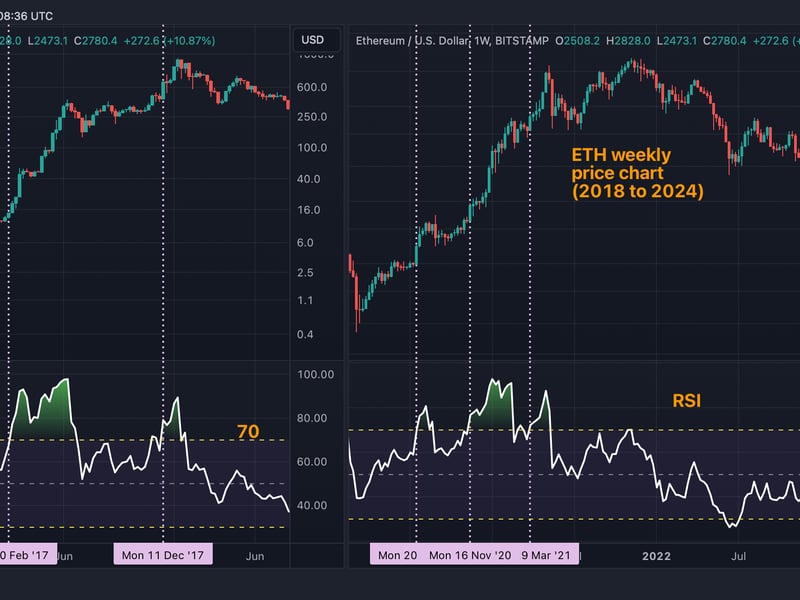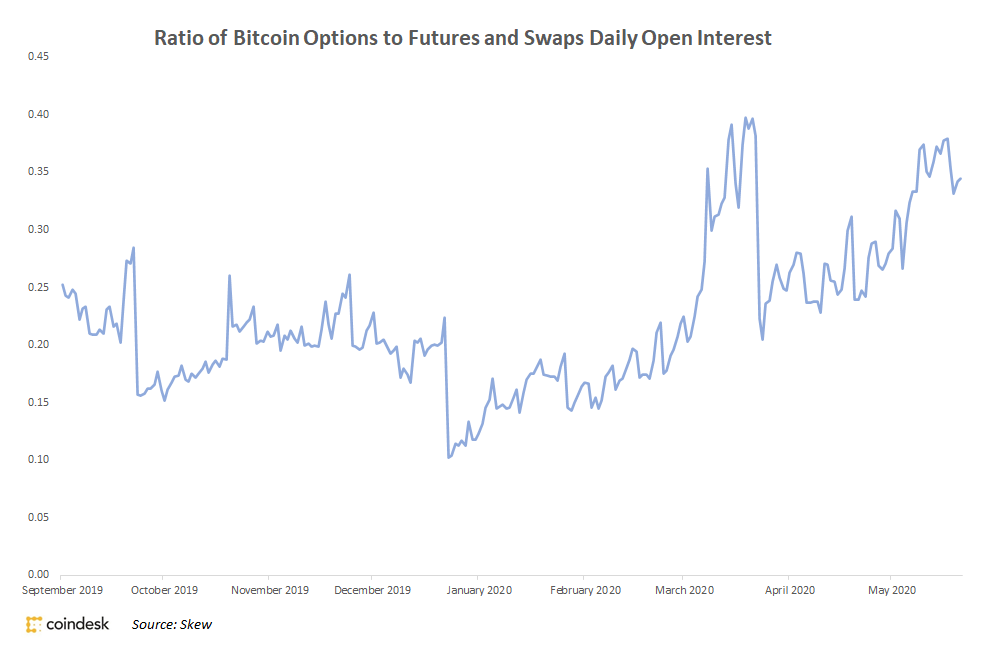Coinbase and the Awkwardness of Growing Up

Noelle Acheson is a veteran of company analysis and member of CoinDesk’s product team.
The following article originally appeared in Institutional Crypto by CoinDesk, a newsletter for the institutional market, with news and views on crypto infrastructure delivered every Tuesday. Sign up here.
Coinbase’s recent announcement that it was considering another 31 tokens for listing was greeted with a potent mix of vindication, disappointment, query and speculation.
The exchange’s decisions generally spark a heated discussion, but this one seemed particularly controversial, with detractors and supporters taking totally different interpretations of the move.
Many expressed shock that Coinbase would degrade its brand by supporting what some deem low-quality assets; others celebrated that a broader range of options would soon be on offer; some liked the general plan but disapproved of the details.
Whether you agree with the strategy or not, the important part is not which tokens were chosen, or even whether the exchange should be considering tokens at all.
Rather, the big takeaway is a subtle yet significant shift in what we mean by “exchange,” and in what that says about infrastructure development.
You’re everything to me
In the early days of bitcoin, an “exchange” was where we could buy cryptocurrencies with fiat. Choices were limited, volumes were relatively low and all were operating under the radar of the financial regulators.
Fast forward to today, and the landscape is barely recognizable. “Exchanges” of all shapes and sizes are dotted around the world, and many enable trading of a bewildering array of assets, and some offer licensed services.
Yet, technically, none of them are “exchanges” in the traditional sense of the word.
In traditional finance, investors interact with exchanges through their broker-dealers or similar. There is a buffer between the trading platform and the end client, which – in typical “middleman” fashion – adds a layer of cost but also of regulatory protection and convenience.
In crypto-land, the exchange often is also the broker-dealer. And the custodian. And the clearinghouse. And sometimes also the prop trader, the investment bank and an issuer.
This is complicated for regulators, who need to monitor potential conflicts of interest. It’s also complicated for the users, especially those used to dealing in traditional securities.
Move with the times
What does this have to do with Coinbase’s evolution?
The client-facing nature of crypto platforms makes investors’ choice of trading venue a much more important part of their crypto strategy. And the need to capture and retain clients is fundamental to an exchange’s survival.
In the traditional equity world, investors tend to not care (or know) where the stock they want to buy is traded. They give instructions to their broker-dealer, and the broker-dealer executes in its clients’ best interests.
In the young world of digital assets, the services offered by exchanges have a material impact on new investors’ choices. But, as in life, clients eventually “grow up” and start to want more complicated options.
Coinbase, with its relative reach and ease of use, has done a great job of bringing new participants into the crypto space. But the users that it has today are more sophisticated than they were a year ago.
All are familiar with the basics; many now want to diversify into lesser-known altcoins, especially given the need for return and the bleak performance by the large-cap cryptos.
What’s more, setting up accounts on other exchanges has gotten easier over the past year, even with stricter identification requirements. Switching costs are low.
So, in the light of intensifying competition and an increasingly demanding client base, as well as the difficulty of bringing in new investors in this bear market, Coinbase has taken what seems like a sensible business decision: diversify the offering, and give existing clients what they want.
Stumbling block
Where the strategy seems more questionable is in the transmission of this information, and the potential consequences.
Leaving aside the negative feedback on the chosen coins (few of which meet the criteria that Coinbase published back in September), the decision to reveal which are under consideration could be interpreted in several ways.
The company maintains that it would rather dispel suspicions of insider trading by letting the public know which ones might get listed. This sounds prudent, but does not fully remove the risk of unintended consequences.
In crypto land, much more so than with traditional securities, where a token is listed is fundamental to its value, especially given the lack of liquidity in the market for newer issues. Just the possibility of listing on Coinbase is enough to send a token’s price up.
If Coinbase then decides to not support a particular asset and its price falls, the company could find itself – fairly or unfairly (I am not a lawyer) – vulnerable to an investigation by the U.S. Securities and Exchange Commission and/or investor lawsuits for market manipulation.
What’s more, since employees could have accumulated a coin before the initial reveal and sold before the rejection, the specter of insider trading does not necessarily go away.
A lot at stake
So, Coinbase’s strategy is a departure from its previous public image of “crypto blue chip,” but it does make sense in the broader evolution of the market.
By widening its offering to cater to an increasingly sophisticated client base, Coinbase is highlighting the deepening maturity of the sector.
However, in its rush to get ahead of (or even keep up with) market trends, it is possible that it has overlooked a deeper shift: a widening disconnect between the sector’s roots and its current status.
The crypto asset sector started out retail. That implies different priorities and tactics, as well as a different client-first mindset.
Yet few sectors, if any, are as regulated as capital markets. The increasing attention from media, official organizations and institutional investors requires a shift in standards.
Juggling the need to navigate this roadmap with that of growing a business in a challenging sector is tough, and fraught with confusion and conflict over what is expected – especially when it comes to communication.
What is fine in a consumer business is not necessarily fine for a financial enterprise, where the wealth of others and the appearance of market integrity are at stake.
This is a big risk: Coinbase getting into regulatory trouble would be a blow to the industry as a whole. No doubt it has a legion of qualified lawyers advising it on its every move. Let’s just hope that internal structural issues don’t blind it to the needs of the new world into which it is evolving.
Coinbase CEO Brian Armstrong (left) and team at Bitcoin2014 image via CoinDesk archives.










